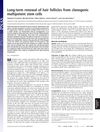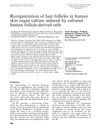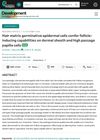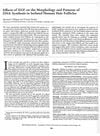Markers to Evaluate the Quality and Self-Renewing Potential of Engineered Human Skin Substitutes In Vitro and After Transplantation
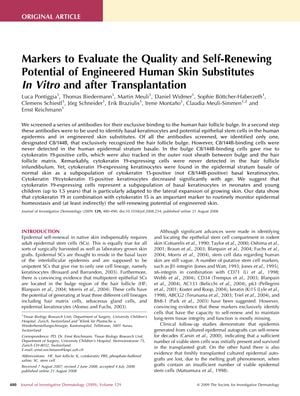
TLDR Cytokeratin 19 and cytokeratin 15 are key markers for monitoring the quality and self-renewing potential of engineered skin.
Researchers screened antibodies to identify markers for basal keratinocytes and potential epithelial stem cells in human epidermis and engineered skin substitutes. They found that only the antibody C8/144B exclusively recognized the hair follicle bulge, but not the epidermal stratum basale. C8/144B-binding cells in the bulge gave rise to cytokeratin 19-positive cells, which were also present in the outer root sheath but not in the hair follicle infundibulum. Cytokeratin 19-expressing keratinocytes were found in the epidermal stratum basale as a subpopulation of cytokeratin 15-positive cells, which decreased with age. The study suggested that cytokeratin 19-expressing cells are crucial for the lateral expansion of growing skin in young children and that cytokeratin 19 combined with cytokeratin 15 is a key marker for monitoring epidermal homeostasis and the self-renewing potential of engineered skin.
